Political Cartooning in The Age of Trump and The Oligarchs
Skip to comments“cartoonists are, quite simply, beneath his notice” – ya think?

Zach Rabiroff for The Comics Journal investigates the state of political cartooning as the practitioners face a revitalized and seemingly very powerful Donald Trump who is entering his second term as President of the United States with few limits in his way.
In a long (10,000+ words) essay Zach begins with the recent Ann Telnaes – Washington Post parting. He had talked to Ann about the state of the art prior to the dust-up as he was gathering material for the article before this year. He contacts cartoonists Matt Wuerker, Terry Mosher, and Wes Tyrell, and The Post’s Communications Chief Kathy Baird for their thoughts; as well as gathering post-split quotes by Ann and WaPo editor David Shipley and many editorial cartoonists from reports and social media.
When I ask Tyrell if he’s suggesting cartoonists are the canary in the coal mine for an end to the American free press, he agrees without hesitation. “It’s certainly not unrealistic,” he tells me.
If it’s true that democracy dies in darkness, maybe we should have asked if the killer was inside the house.
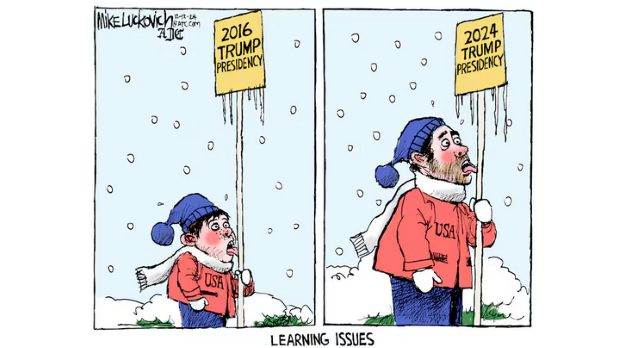
In Part 2, Zach has divided the discourse into five sections, asks cartoonists Mike Luckovich, JP Trostle, and Al Goodwyn for reaction to Donald Trump being reelected to a second term.
All of this would seem to suggest that cartooning, like the media more generally, can’t help but be pulled in favor of the political right along with the nation’s figurehead. Yet editorial cartooning remains, oddly enough, largely the province of left-leaning artists.
“I really do believe that liberals, the way the brain works, they’re more creative,” [Goodwyn] says. “You see it in Hollywood. You see it in literature. You see it in art and cartooning.” Goodwyn, for his part, sees himself as something of a cartoonist of the old school, in that while there is no denying the clear positions of his editorializing, he at least tries to make a good faith effort at giving credence to rationality.
Part 3 looks at the rise (peaked in 1984) and fall (21st Century) of newspapers and with that editorial cartooning. The drift away from print news to cable tv and the world wide web, and with it the ability to hear only what you want, to see only what you want, to read only what you want instead of multi-faceted views of the news. Steve Brodner opines on the fallout.
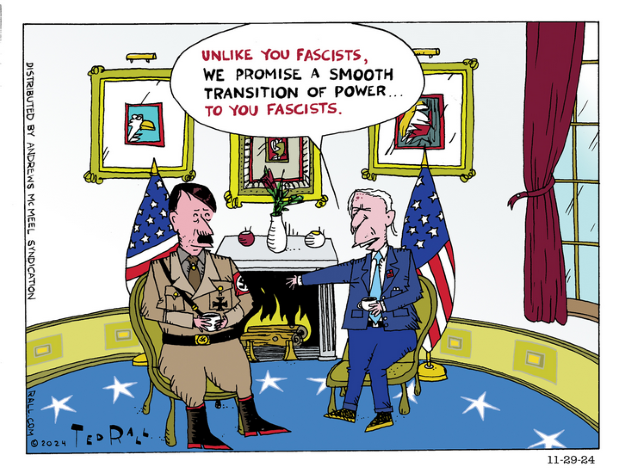
In Part 4 Zach talks to Tom Tomorrow, Ted Rall, and Jen Sorensen about alternatives – newspapers and cartoons. And of course how they see their positions on cartooning Trump and his second term.
Part 5 deals with the fallout and fate of N.Y. Times vs. Sullivan that rendered judgement of the defamation of public figures (“actual malice”). Will that settled case hold up in a MAGA America? Discussed is Garry Trudeau and Trump (since 1987), Berkeley Breathed and Trump. Larry Flint and Jerry Falwell (and interviews Terry Abrahamson, wrote that Hustler parody), Paul Krassner and The Realist. Also interviewed is Senior Policy Counsel for the ACLU of New York Justin Harrison.
“… So to the extent any of that poses an increased risk to comic artists or people who draw or publish political cartoons, yeah, there are heightened concerns when you have a powerful administration calling for relaxing First Amendment protections for artists, and journalists, and speakers who criticize the administration or who criticize public figures.”
Nevertheless, he is bullish when it comes to the durability of precedents around First Amendment parody protections. “There are pretty solid First Amendment protections within the context of political cartoons and political satire,” he says. “These are legal protections for traditions that have existed since before the country was founded.”
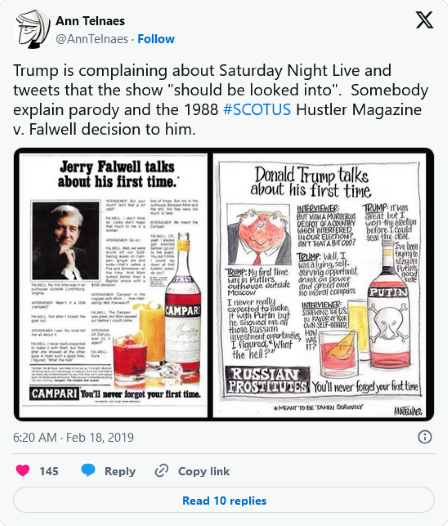
Ironically, one of the best defenses cartoonists might have in this regard is the profession’s obscurity. All of Trump’s lawsuits and threats so far have been against reputable outlets of reporting; cartoonists are, quite simply, beneath his notice.
And yet…
feature image by Wally Wood from the May 1967 issue of The Realist
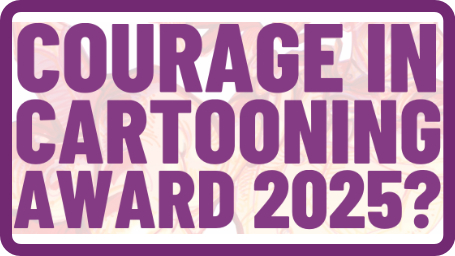
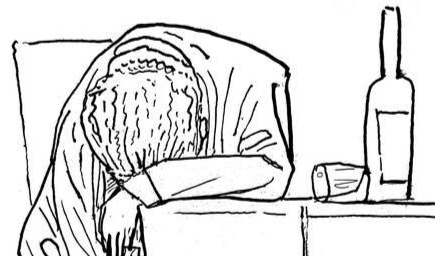
Comments 2
Comments are closed.